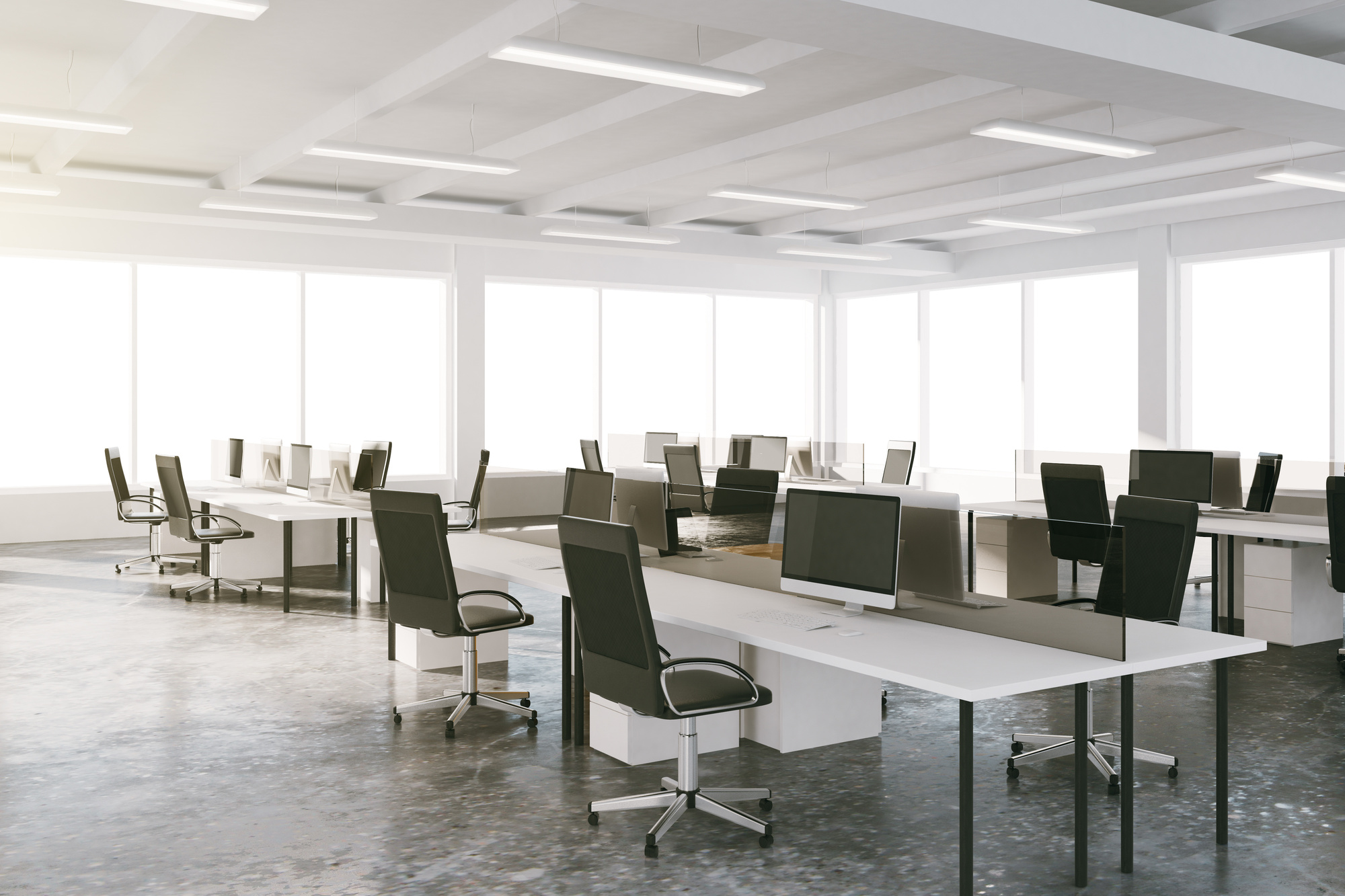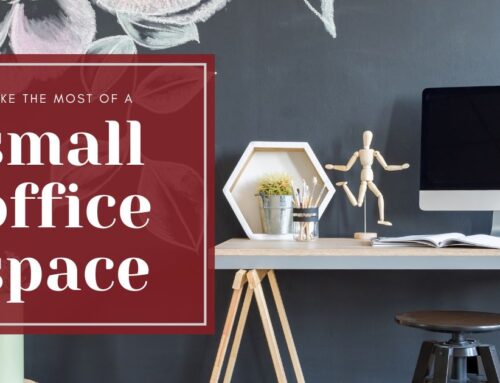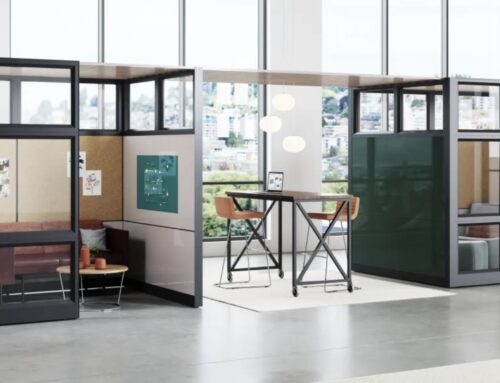
At the end of 2016, there was more than 12.3 million square feet of occupied office space in the United States. Do you know how many cubicles you can fit into that much space? Luckily, the answer to that question doesn’t matter because open office design is a better choice.
While there is a need in certain office environments for partitions, halls, and walls, check out these five benefits of using an open layout, and you might change your mind!
1. Collaboration and Cross-Training
Working together toward a common goal — collaboration — is part of human nature. Instinct tells us that pooling and sharing resources can produce better outcomes than trying to go solo on a project. Employers can facilitate this natural need to connect and share by implementing an open office design.
Cross-training is critical to business sustainability. Open working spaces allow cross-training opportunities to arise organically during regular work.
2. Improved Relationship Building
Constructive, positive working relationships are better for business and morale. Open concept offices can foster natural bonds because it’s easier to chat about work and life. Plus, people can’t “hide” in offices when issues arise.
This benefit comes with a caveat. Strive for employee buy-in before tearing down walls and taking away private offices. There are many ways to keep employees happy and having strong dispute resolution practices for open environments is among them.
3. Reduced Cost
With an open office design, you save money on construction and maintenance. The savings come from more than not needing to build as many walls. Ventilation and electrical wiring are less complex to install and service. Routine office cleaning is faster.
Plus, furnishings such as whiteboards and filing cabinets in private offices are often underutilized. But when put in an open layout, fewer pieces can be used more often.
4. Flexibility
Nothing remains static in business for long. Products evolve, markets shift, people come and go. Open concept offices make it faster and easier for growing companies to accommodate new staff and reorganize teams.
Typical workstations are easy to dismantle and move. Rearranging work surfaces and project areas can take only a few hours. That not only helps contain labor cost, but it also reduces staff downtime.
Keep in mind that good open office design also includes conference rooms and small project meeting rooms. It’s a fact of life and business that some meetings and work sessions require privacy. This is another way to make workspaces flexible.
5. Flattened Hierarchy
Open work environments aren’t just for front-line staff. It’s common for managers and people higher up the chain of command to also work in shared space. It can require a shift in mindset for leaders as well as staff at first. But soon, leaders discover that issues are identified and resolved sooner than when they spend their time in an office. Stronger and more respectful bonds are other common byproducts of several layers of command sharing space.
Of course, leaders can’t fulfill all aspects of their role while in the middle of the action. This is another reason for including a few meeting rooms of different sizes in your office design.
Closing Thought About Open Office Design
Open office layouts tend to spark creativity. It’s easy to use lighting, color, and choice and placement of furnishings to add flair and efficiency.
At Workspace Solutions, we help customers plan and install innovate work environments. It’s core to our mission. We’re a locally-owned office furniture store and design center based in Fort Wayne, Indiana. Our dedicated staff builds great relationships with customers across the region and from coast-to-coast.
Are you ready to explore how an open layout could benefit your business? Contact us today!





